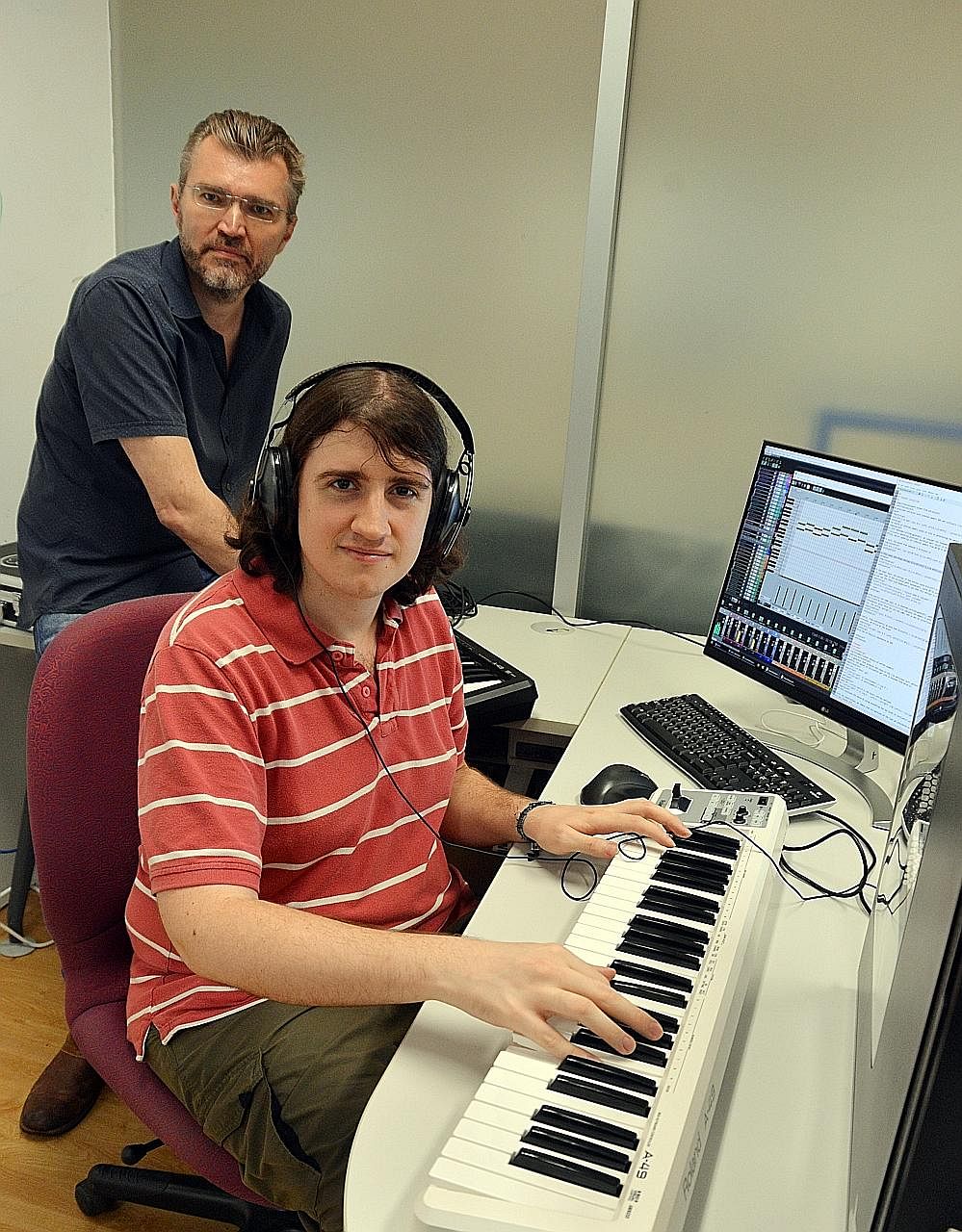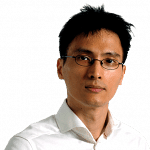It all began in a pub in Oxford, Britain, when a theoretical physicist met up with an acoustician - an expert in the science of sound - for a drink. Oxford Professor Vlatko Vedral, now at the National University of Singapore's (NUS) Centre for Quantum Technologies (CQT), was telling his friend Dragan Novkovic about cooling atoms to a billionth of a degree above absolute zero, where they start to vibrate at high frequencies.
Professor Novkovic, from the School of Electrical Engineering and Computer Science in Belgrade, Serbia, got very excited as he wondered what that would sound like.
About a year later, in the spring of 2015, the idea had ballooned into a large-scale project on "quantum music" supported by a €200,000 (S$298,000) grant from Creative Europe, a European Union programme for supporting the cultural and audiovisual sectors.
The project involves composers, physicists, acousticians and scholars in music and bioinformatics, from research institutions and cultural centres in Singapore and five European countries.
The music has its origins in the atoms of rubidium, sodium or other suitable elements that, at extremely low temperatures, vibrate at frequencies exceeding 50MHz, well beyond the range audible to humans.
But it can be heard by translating it into the audible frequency range, and CQT research fellow Andrew Garner has written computer programs to do this.

"The ambition is to try to do this in real time," said Prof Vedral, and make live music on stage with "a new kind of instrument".
"It would be interesting if we could express something with this kind of instrument that people felt could not be expressed before."
Currently, the experiments that generate the data, and the computational procedure that translates the data into music, is done separately.
An answer to this challenge of real-time quantum music performance might be an experimental set-up previously developed by CQT's Assistant Professor Alexander Ling, which uses photons of light at room temperature instead of supercooled atoms to generate noise-resistant quantum effects.
It was initially the size of a boardroom table, but Prof Ling has managed to progressively shrink the entire rig to the size of a paperback novel, weighing about 100g - including batteries.
Although the project is still in its infancy, the researchers are optimistic about taking their musical creations to the Singapore public.
"We would like to make it like a concert because I think that would be really the most entertaining, but we want it to be educational at the same time," said Prof Vedral.
Mrs Santha Bhaskar, an artistic director at NUS' Centre for the Arts, said: "The intermingling of ideas from art and science is necessary in the modern world.
"Interpreting discoveries in science into any art form will help people to have an awareness of this world where we live."
Dr Garner added: "To be a good artist, you need to have technical skills, and to be a good scientist, you need to have creativity."

